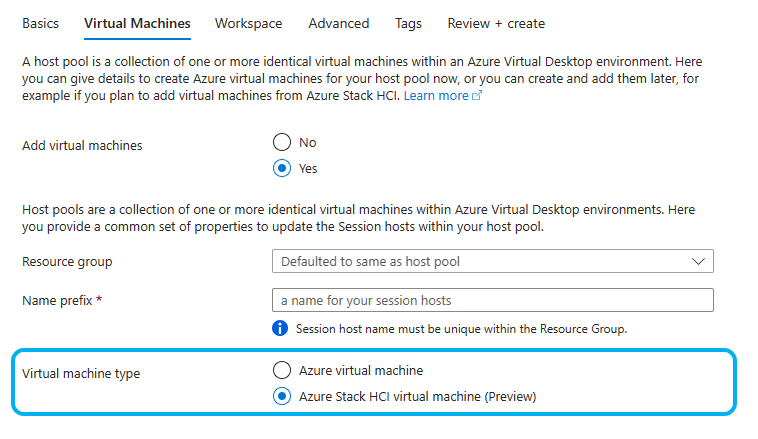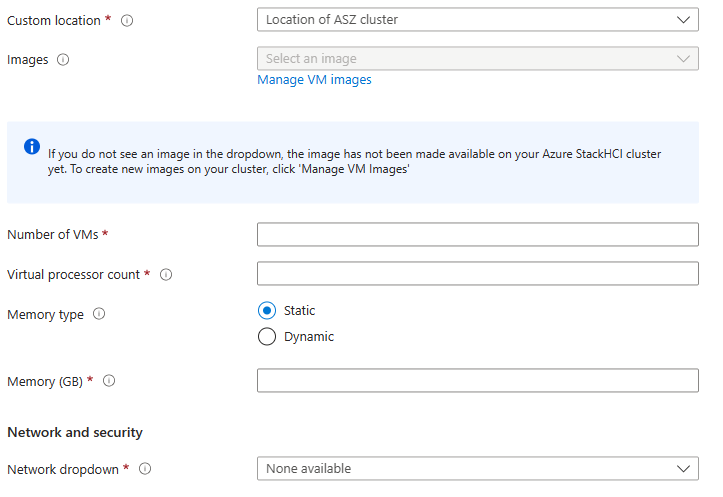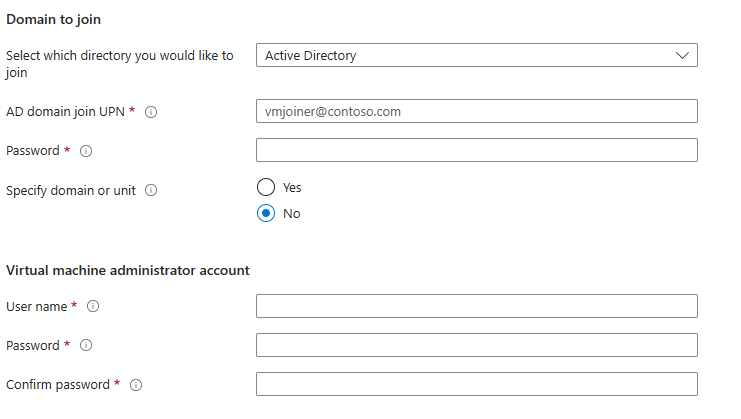By Kushmeen Kambow, Senior Program Manager, Azure Stack HCI
Azure Virtual Desktop is a cloud-managed virtual desktop infrastructure (VDI) solution offered by Microsoft to customers with desktop virtualization requirements. However, there can be data locality or performance requirements that warrant keeping your session hosts on-premises or at an edge location. This is where Microsoft Azure Stack HCI can help. Azure Stack HCI is an Azure managed on-premises platform that allows you to run your virtualized desktops and apps securely at your on-premises or edge location. For customers with regulatory compliance and data residency requirements, latency-sensitive workloads, or who manage for data gravity, Azure Virtual Desktop for Azure Stack HCI extends the capabilities of the Microsoft Cloud to your datacenters.
Based on customer feedback, we are excited to share that administrators participating in the Azure Virtual Desktop for Azure Stack HCI public preview can now provision Azure Virtual Desktop session hosts on Azure Stack HCI clusters from the Azure Portal. Use the familiar Azure portal and the exclusive Windows 11 and Windows 10 multi-session capabilities to bring together the flexibility of an industry-leading cloud VDI service with the on-premises control you need to fit your unique business requirements.
To enable this new feature, you must deploy the feature release of Azure Stack HCI (Fall 2023) on your cluster, and the general availability of the service will follow the same path.
What’s new
Unified Host Pool Provisioning
We are introducing a unified management experience for Azure Virtual Desktop across public cloud and on-premises deployments from the Azure portal. You can now use the same host pool provisioning in Azure Portal and create session host virtual machines (VMs) running on Azure Stack HCI.
To create a session host VM in Azure Stack HCI, select Azure Stack HCI virtual machine from the ‘Virtual machine type’ radio-button option in the Host Pool Virtual Machine blade.

Virtual Machines options; virtual machine type is highlighted and “Azure Stack HCI virtual machine (Preview) is selected
Once ‘Virtual machine type’ is selected as Azure Stack HCI virtual machine, you will see the option to configure your session host VMs – custom location, image, network, VM cores, memory, and more.

Configuration options for Azure Stack HCI virtual machines

The rest of the tabs are unchanged. Once you complete the deployment, you will see your host pool, application groups, session hosts, VMs are created and available. You can now also add new session host VMs running in Azure Stack HCI to existing host pools.
The new host pool experience is powered by the new feature release of Azure Stack HCI, which is now available for public preview.
Azure Stack HCI features
As part of the feature release of Azure Stack HCI (Fall 2023), you can now deploy your Azure Stack HCI cluster with a fully cloud driven deployment experience in the Azure Portal. So as soon as the cluster is deployed, you can start with the Azure Virtual Desktop for Azure Stack HCI deployment using the new host pool provisioning experience. You can use Azure Portal to manage the VMs created within the HCI cluster.
- The latest Windows 11 and 10 multi-session images are available through Azure Marketplace integration. Easily download an image on the cluster and start your Azure Virtual Desktop deployment.
- Azure verification for VMs now gets enabled automatically on your session host VMs running Windows 11 multi-session images. Previously, it had to be enabled on each node as well as session host VMs.
- Trusted launch for Azure Arc VMs on Azure Stack HCI is now available for preview with the new feature release of Azure Stack HCI. You can manually register Trusted Launch Arc-enabled VMs to the host pool and try it out!
- Additionally, Microsoft is working together with partners such as Citrix and VMware to support Azure Virtual Desktop on Azure Stack HCI, offering IT administrators a seamless hybrid experience for use in the cloud and on premises. More updates will be shared at a later date.
Learn more about the new feature release of Azure Stack HCI.
Getting started
To get started, you need to deploy Azure Stack HCI on your cluster. Once cluster deployment is complete, you can start with Azure Virtual Desktop deployment in Azure Portal.